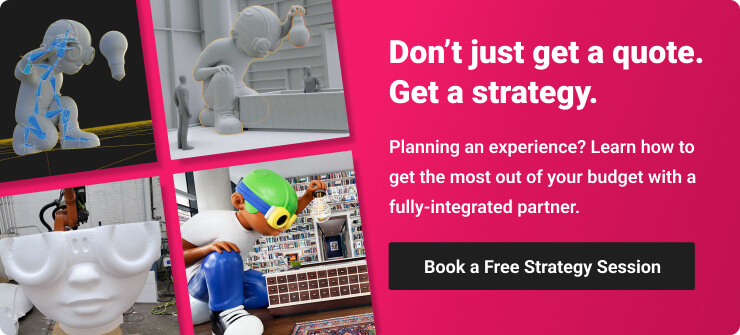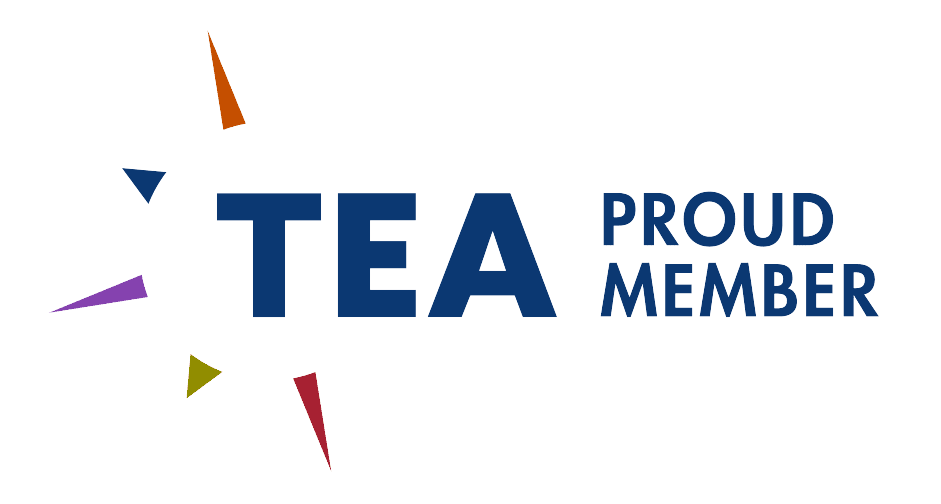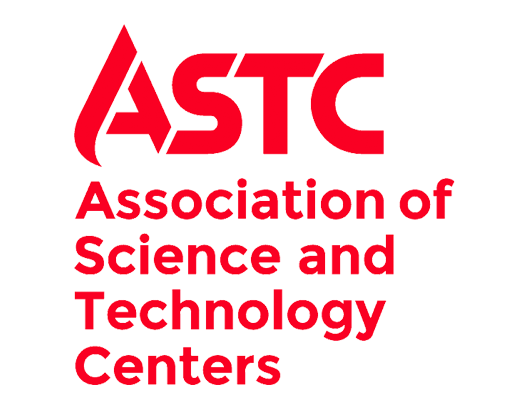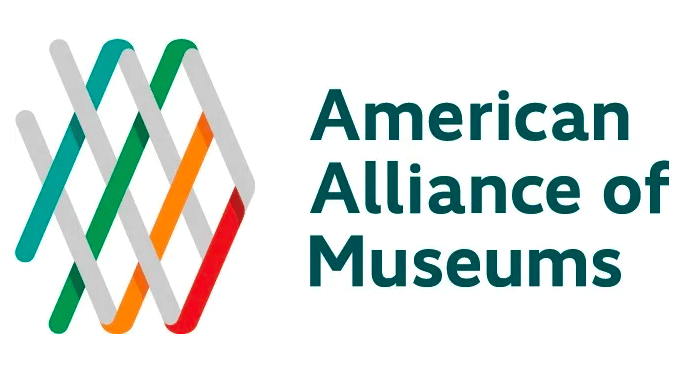Walk into a beautifully executed museum exhibit, and it feels like magic. Lights, sound, artifacts, textures, and media harmonize to tell a story that you don't just see, but live. But beneath every "wow" moment is an intricate, deliberate museum exhibit design process. One that's far more complex than aesthetics alone.
Museum exhibit design isn't simply about how a space looks. It's about how it feels, functions, educates, and inspires. It's spatial storytelling at its finest, where media, content, technology, lighting, sound, tactile elements, and traffic flow converge to create an immersive experience. And because museum projects often span months or even years, setting the proper foundation early isn't optional. It's essential to avoid costly surprises later.
In this guide, we'll break down the modern museum exhibit design process, from concept design to schematic design to design development, and share how the most successful exhibits come to life.
Why is Museum Exhibit Design Important?
Museum exhibit design isn't just about bold ideas and beautiful renderings; it's a blueprint for the entire visitor experience. A successful exhibition design addresses how you want guests to feel when they enter, when they exit, and every moment in between. And, importantly, it ensures that what gets imagined can actually be built, on time and on budget.
In the traditional exhibition design process, a detailed design “package” is bid out to production vendors. Ideally, the package provides vendors with enough information to accurately quote and build the exhibit; however, this is not always the reality. Engineering constraints, material availability, technology challenges, and other production realities can force costly and time-consuming changes to a half-baked design vision.
When museum exhibit design is handled correctly from the outset, it aligns stakeholders, sets clear expectations, and paves a smooth path for production. Done poorly, it can derail an entire project. That’s why a comprehensive design is not a "nice to have,” it's the heartbeat of a successful exhibit.
Who's Involved in Museum Exhibit Design?
Museum exhibit design is a team sport. Successful exhibits are built by collaborative teams, each member advocating for a different aspect of the project:
The Client or Project Owner champions the organization's mission and vision.
Curators or Subject-Matter Experts ensure factual and interpretive accuracy.
Project Managers shepherd the project timeline and budget.
Exhibit Developers advocate for visitor experience and storytelling.
Designers shape the physical and sensory environment.
Specialists such as media developers, educators, and accessibility experts contribute additional expertise.
One universal truth? The earlier these voices are harmonized, the better. Otherwise, "design by committee" and misaligned goals can hinder progress and dilute everything.
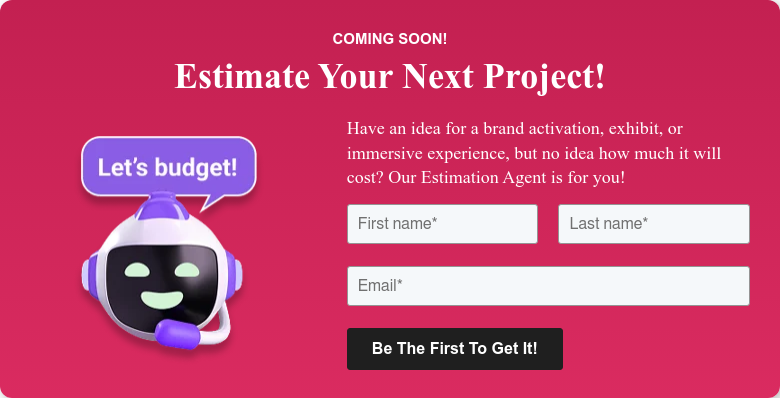
Stage 1: Concept Design
The first phase of museum exhibit design is Concept Design. Think of it as the "what and why" phase.
Key Goals:
- Define the "big idea" that the exhibit will communicate.
- Outline the key themes, subthemes, and desired takeaways for visitors.
- Develop a high-level narrative and tone of voice.
- Produce initial look-and-feel imagery, floor plan bubbles, and rough spatial diagrams.
- Begin researching suitable materials and appropriate technologies.
- Validate that the emerging vision aligns with budget parameters.
Deliverables often include mood boards, storyboards, block models, and early 3D visualizations. Importantly, this phase is about iteration, feedback, and establishing a shared baseline before making expensive commitments. At the end of the Concept Design phase, everyone should agree on the core vision and the key elements that support it.
Stage 2: Schematic Design
If Concept Design answers "what," Schematic Design answers "how."
Key Goals:
- Spatially, aesthetically, and functionally define key touch points.
- Refine the visitor journey – what guests see, feel, and interact with at each step.
- Advance the 3D models with textures, lighting, and material studies.
- Develop draft elevations, spatial diagrams, and graphic design toolkits.
- Identify key content, images, and artifacts.
- Confirm the project is still on time and on budget.
Crucially, Schematic Design starts translating ideas into reality. Is that "big globe" a real sphere, a projection, or a holographic illusion? Will a touchscreen suffice, or does an interactive mechanical element better serve the story?
Because technology integration is now central to modern exhibits, an integrated approach (where AV engineers, media developers, and fabricators contribute during design) saves tremendous time, cost, and risk later.
Stage 3: Design Development
By Design Development (DD), it's time to shift from "what we want" to "how we'll build it."
Key Goals:
- Provide detailed information on every element, including dimensions, materials, finishes, and construction methods.
- Resolve all major design questions, leaving no ambiguity.
- Create content scripts, object labels, and integrated media plans.
- Produce near-final 3D models, graphic layouts, and AV diagrams.
- Develop prototypes for complex or high-risk elements.
- Reaffirm that development decisions align with budget and timeline.
A strong DD package should be so clear that if the design team were to disappear tomorrow, the project could proceed without missing a beat.
This stage often uses milestone packages at 50%, 90%, and 100% completion to facilitate client review, prevent surprises, and allow minor adjustments before finalization. It’s the last opportunity to catch gaps or inconsistencies without triggering cascading cost increases.
Museum Exhibit Design: The Value of an End-to-End Partner
Exhibit design is where vision becomes reality. Too often, however, a siloed approach to design fails to account for how things will be built and operated, leading to problems downstream. That’s why modern institutions are increasingly opting for an integrated partner who owns strategy, design, and production under one roof. When each phase of an exhibition project informs the next from the outset, the result is a streamlined process that puts more of the budget into the guest experience, where it belongs. It's a win for both museums and guests.
At Bridgewater Studio, we believe museum exhibit design should be exciting, collaborative, and smart. Not a handoff. Not a guessing game. Our end-to-end model ensures that creative ambitions are matched with technical know-how and real-world feasibility from the start.
If you’re planning your next exhibit and value a partner who can bring strategy, design, content, media, technology, and fabrication together seamlessly, we invite you to book a free, no-pressure strategy session today.
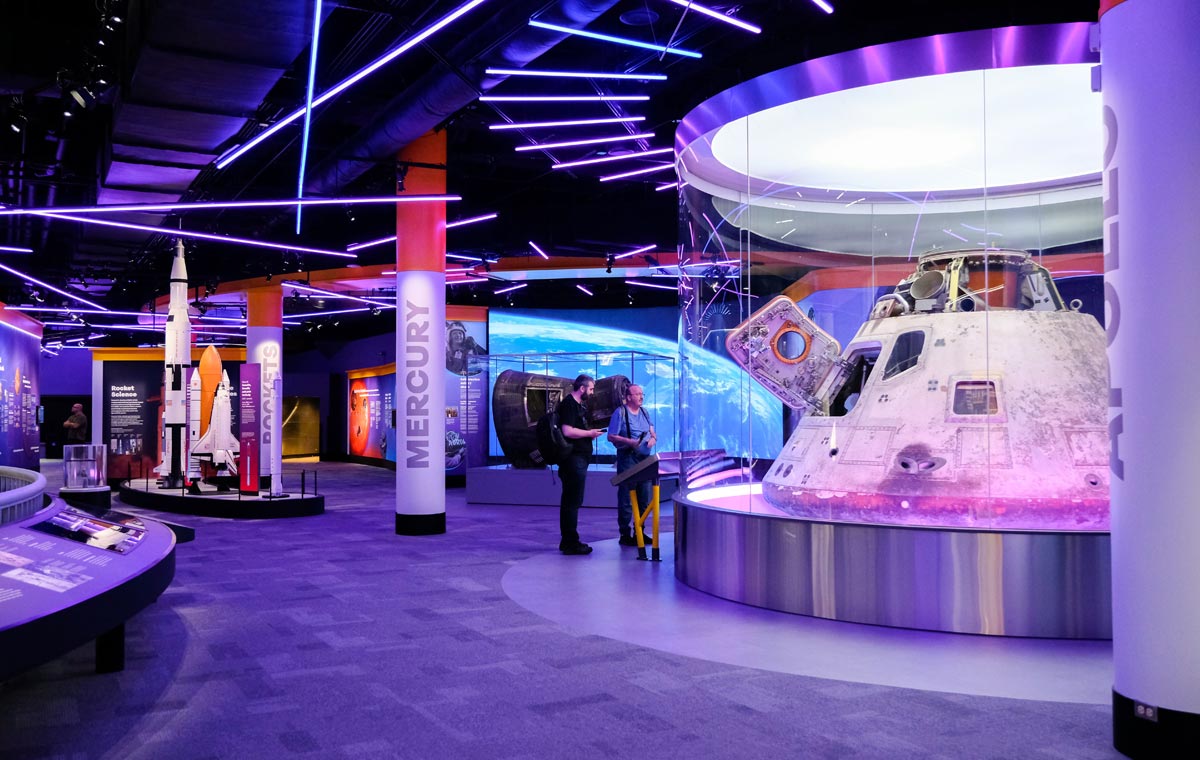

.png)
.png)
.png)
